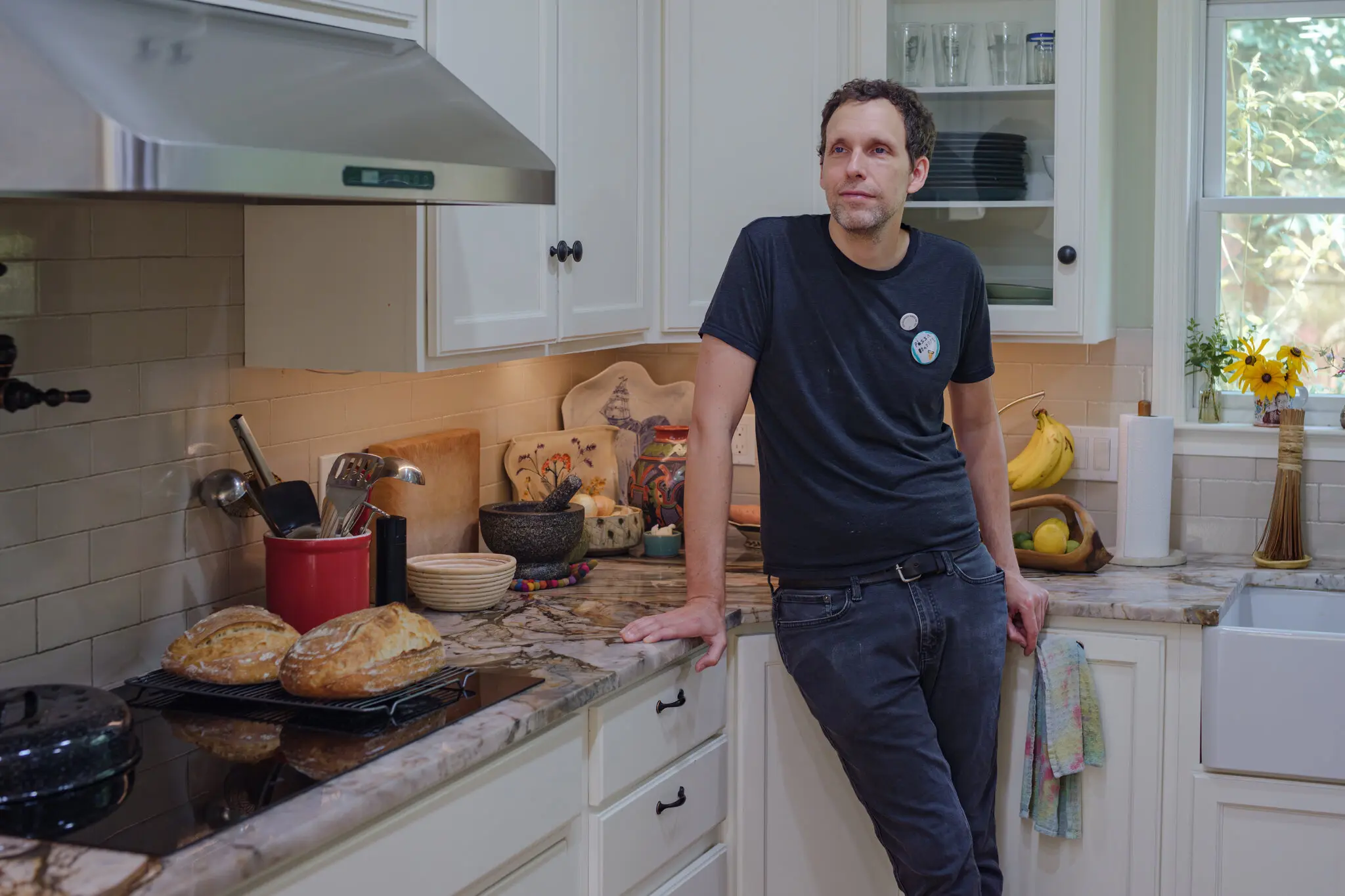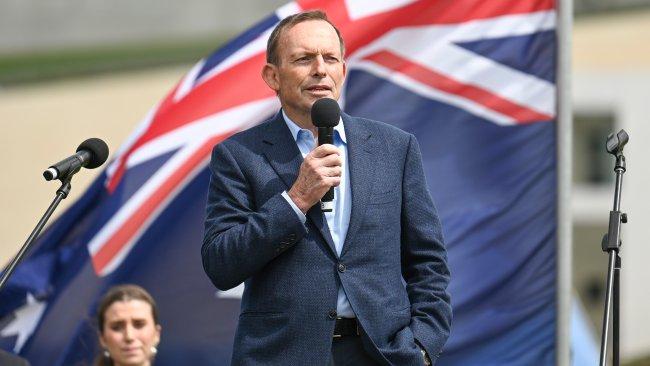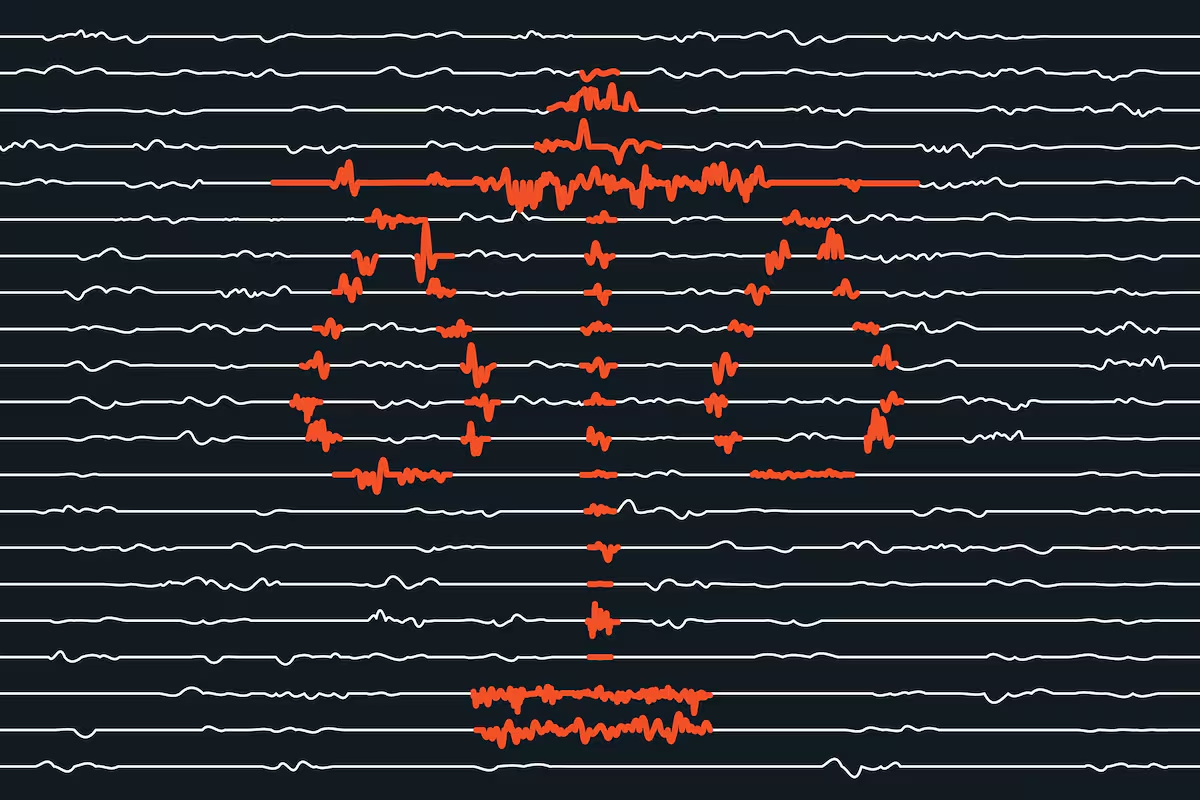
Peter Goodman: His Start-Up May Not Survive Trump’s Tariffs
A sourdough baker turned entrepreneur in North Carolina has delayed his new product as he contemplates the prospect that higher costs will doom his company.…
Thought Leader: Peter Goodman
The following is a transcript of an interview with Dr. Scott Gottlieb that aired Sunday, February 6, 2022, on “Face the Nation.”
MARGARET BRENNAN: We turn now to former FDA commissioner and Pfizer board member, Dr. Scott Gottlieb. Good morning to you, doctor.
DOCTOR SCOTT GOTTLIEB: Good morning.
MARGARET BRENNAN: Nine hundred thousand Americans have died over the last two years from COVID. That’s the population of Indianapolis, greater than the population of San Francisco, Charlotte, North Carolina. Where are we now as a country in this fight?
DR. GOTTLIEB: Well, look, we’re still tragically in this fight. I think when you look across the country right now, you see the cases declining very quickly all across the country. In almost every state, if you look week over week, cases have declined sharply. So we’re a good part of the way through this Omicron wave. If you look at places like New York, New Jersey, Maryland, cases are down to about 20 to 30 cases per 100,000 people per day, which is a low level. That’s about where we were before the delta surge. Other parts of the country are still at about 100 cases per 100,000 people per day. One hundred and forty you look at states like North Carolina, South Carolina, Kentucky, right now, Oklahoma, they’re about at that level. So some parts of the country still are in the thick of their Omicron wave, coming down, but still in the thick of it. Other parts like New York, New Jersey, Maryland, Boston, if you look at some of the leading indicators have come way down and I think that they’re through the worst of this particular wave of infection.
MARGARET BRENNAN: And we’re hearing from governors, there was a bipartisan group of them that met with President Biden just in the past few days, saying they want guidelines to talk about moving from pandemic to an endemic stage here. And yet we’re at 2,400 deaths a day. That doesn’t feel like we’re close to the end.
DR. GOTTLIEB: No, it doesn’t feel like that, and we’re not close to the end right now, depending on how you measure that. I think that this is going to be a long struggle. This is a virus that’s going to be persistent. We’re going to have to continue to take measures to protect vulnerable people. I think what governors are agitating for is some clear guideposts that define what the on and off ramp is for this. When do we start to roll back this mitigation? And we don’t have a agreed upon a set of nomenclature and metrics for measuring that. If you look at CDC right now, many state authorities and public health authorities talk about 10 cases per 100,000 people per day being a metric that rates you being in sort of a low level of spread. If you look at CDC’s guidance, they talk about 10 cases per 100,000 people per week. So that’s 1.44 cases a day. That’s a level of spread, a sufficiently low level of spread, that we’ve never been at at any point in this pandemic. And that’s where CDC defines a low level of spread that would justify removing masks, for example, in schools. And so I think what governors are sensing is that we need to- we need to agree upon a set of metrics when we’re going to start to roll back these mitigation steps and give people a light at the end of the tunnel. What is that point when this stuff gets turned off?
MARGARET BRENNAN: Well, you talk about clear steps and masks. The governor of Virginia, we talked about on this program, you know, lifted the mask mandate for schools and he on January 2nd 20- excuse me, on January 23rd when I asked you what should be done here, you said that was too early, but in two weeks we’d be in a place where mask mandates could be lifted. So that puts us right where we are right now. Can mask mandates be lifted in most schools?
DR. GOTTLIEB: Look, I think you’re going to see governors start to do that. I think we’re two weeks out, we’ve seen prevalence come down. Connecticut, their mask mandate is – expires on February 15th. I would expect that that’s not going to be renewed, and schools in the state of Connecticut will very quickly lift mask requirements for students. I think you’re going to see the same thing in New York, New Jersey, other states where Omicron has come down, where vaccination rates are especially high. I think you’re going to see states do that. And we’re at a point where we can safely contemplate that. That doesn’t mean that this isn’t going to continue to spread. But when prevalence is low, you have a lot of people who’ve been infected who have some level of immunity for a period of time and you have high vaccination rates, we can start to lean forward and take a little bit more risk and try to at least make sure that students in schools have some semblance of normalcy for this spring term. A lot of kids haven’t really known a normal school day for two years now, so we want to- we need to try to lean forward aggressively to try to restore that and reclaim it when we can.
MARGARET BRENNAN: But then I’m a parent of a young child who doesn’t have access to a vaccine yet. I don’t want to take a mask off of his face. When will he be vaccinated? I mean, the FDA said they want to reconsider their earlier guidance, and now they are looking at two doses. First week of March, do I go into a pediatric- pediatrician’s office and get a shot?
DR. GOTTLIEB: It’s possible, look, the decision is ultimately going to reside with the FDA. The briefing documents on the data that the FDA is going to review are going to be out this Friday. The agency is going to have an advisory committee, a public advisory committee on February 15th. After that, I would expect that they’ll make a decision on the vaccine for children ages six months to four years old, and they have a lot more data to evaluate. I think when people see that data come out, some of it will be out Friday in the briefing documents. All of it will be out in a public advisory committee meeting. I think that they’ll see that the data package has evolved from when they first looked at it back in December. And what’s happened over that intervening time is Omicron. 11.4 million children have been infected through this- through this pandemic, 3.5 million of them were infected in just the month of January, and that was Omicron, and there were 1.6 million kids under the age of five infected over the course of the pandemic. So we now have a lot of experience of the kids in that trial who were vaccinated, who made it through the Omicron wave and we’ll be able to evaluate how protective that vaccine was.
MARGARET BRENNAN: I know you used to run the FDA, but do you think the FDA made a mistake by not authorizing this back in December, when they had the first chance to do so?
GOTTLIEB: Look, I always felt that it was important to get baseline immunity in those children. Remember, Pfizer, the company I’m on the board of, made a decision to test low doses in children ages six months to five years old because they wanted to find the lowest dose possible that provided some immune response but improved tolerability. By choosing a very low dose in the children, it’s a three microgram dose compared to a 30 microgram dose in adults, you improve the tolerability of the vaccine. But the sacrifice was that the absolute efficacy of the vaccine wasn’t as substantial as what you saw in 16 to 25, and that’s the data they were looking at back in December. They saw that the immune response wasn’t as substantial, so they wanted to wait and see how those kids did. I still believe it was important to get baseline immunity in children ahead of the Omicron wave. They chose not to do that. I think they now have an opportunity to look at a much richer data set because they have the collective experience of all the kids who are enrolled in this trial who made it through Omicron. Some got infected, hopefully some didn’t. I think that’s what the data package is going to show. And I think it’s going to give a much clearer picture of what the effectiveness of this vaccine is in Omicron.
MARGARET BRENNAN: And then the open question is how many parents choose to take advantage of that vaccine being accessible. Dr. Gottlieb, it’s always good to talk to you, and we’ll catch up with you next Sunday. We’ll be back in a moment.
Peter Goodman: His Start-Up May Not Survive Trump’s Tariffs
A sourdough baker turned entrepreneur in North Carolina has delayed his new product as he contemplates the prospect that higher costs will doom his company.…
Thought Leader: Peter Goodman
Tony Abbott calls for stronger action to end ‘pro-Hamas’ protests
Former prime minister Tony Abbott has called for stronger action on antisemitism in the wake of further attacks against the Jewish community, including tougher policing…
Thought Leader: Tony Abbott
Leana Wen: The Doctor Will See You Now. So Will the Lawyer.
Legal aid organizations are helping doctors address social barriers to patients’ health. During my residency training, when I worked shifts in the pediatric emergency department,…
Thought Leader: Leana Wen

